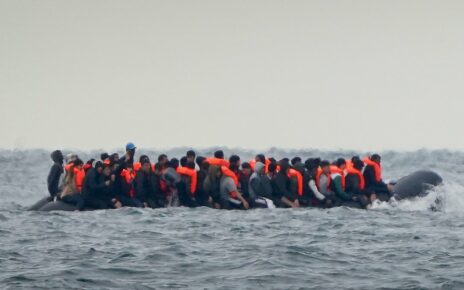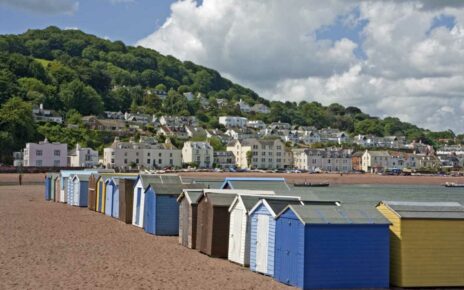Save articles for later
Add articles to your saved list and come back to them any time.
Emergency services are preparing to evacuate residents of a Far North Queensland town as heavy rain from ex-tropical cyclone Jasper causes record flooding.
Nine adults and one child were trapped on the roof of a hospital at Wujal Wujal, an Aboriginal rural town of almost 280 people, who escaped when the water receded slightly.
About 300 people have been rescued since Sunday from floods in the region.
“We remain very concerned for Wujal Wujal … it appears very likely we’ll have to evacuate the entire place,” Premier Steven Miles said on Monday morning.
“We have heroes on the ground who have been out all night.
“We have deployed literally every boat we could get our hands on. More help is on the way.”
Some areas of Far North Queensland have been hit with totals of more than a metre and water levels were expected to break 1977 records, while flooding in and around Cairns was already at record levels.
The city was cut off due to flooded roads and Cairns Airport has been forced to close, with parked planes underwater.
A severe weather warning was current for heavy and locally intense rainfall north of Cairns for areas including Port Douglas, Daintree Village, Wujal Wujal, Cooktown and Hope Vale.
Boats from the SES, Queensland Fire and Emergency Services, surf lifesaving and water police were deployed after urgent calls for assistance in the area and Premier Steven Miles also sought the help of small rescue vessels from the HMAS Cairns naval base.
Roads including the Bruce Highway were cut off and several bridges were damaged beyond use.
Laura Boekel of the Bureau of Meteorology said the weather was beginning to ease but showers and storms were present.
She said flash flooding could be caused by about 300 millimetres predicted to fall in six hours between Hope Vale and Port Douglas.
Major flooding continued for the Daintree River, which reached a peak of 15 metres, passing the previous record of 12.6 metres. A second peak was expected.
Meanwhile, the Cairns Airport was closed on Sunday afternoon after the Barron River reached a peak of 4.4 metres on Sunday night, compared with its record of 3.8 metres in 1977.
Previously, Deputy Police Commissioner and State Disaster Co-ordinator Shane Chelepy said some residents climbed onto roofs to escape floodwaters and were forced to wait for rescue.
“It was too dangerous for us to rescue them,” he said.
Authorities were in constant contact with the people until they were rescued, he said.
There were no reports of serious injuries or missing people in the state’s north due to the disaster as of Sunday afternoon.
Additional government and non-government personnel were expected to arrive in the area on Monday to assist with the evolving situation.
Major roads had been cut, hampering the delivery of assistance to the Cairns area, Chelepy said.
“It’s definitely going to be challenging,” he said.
“The rain is that heavy we can’t get any helicopter support into the communities that are isolated.
“We’re going to stage most of these resources in Townsville and then look at our support from the Commonwealth as well as private resources to get them into the region.”
Residents and businesses in the Cairns region were told to use water only for emergency purposes as council’s treatment plants were offline.
QFES swift water rescue teams stationed across the region had received more than 50 requests for help as of Sunday.
The affected area was pre-emptively declared a disaster zone last week, to give local authorities additional powers to co-ordinate a response.
Federal disaster assistance has been extended to more areas, to help residents and local councils cover response and reconstruction costs.
Grants of $180 for individuals and up to $900 for a family of five or more are available to cover the costs of essentials such as food, clothing and medicine.
– AAP
Most Viewed in National
From our partners
Source: Read Full Article


